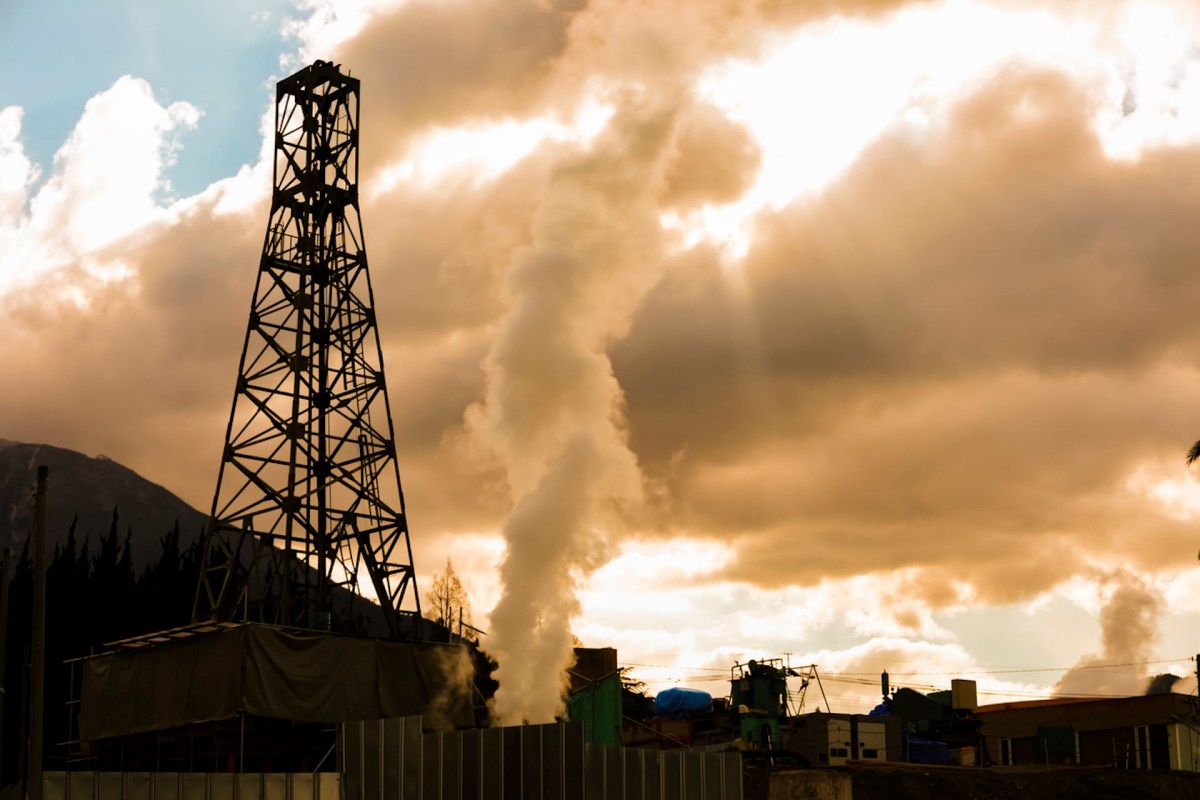A fascinating project is underway in the land of ice and fire.
Iceland, home to glaciers and volcanoes, will in 2026 be the site of the world's first tunnel to a magma chamber, New Scientist reported.
Scientists will "drill two boreholes to a reservoir of liquid rock," according to the outlet. "One will give us our first direct measurements of magma — the other could supercharge geothermal power."
"It's the first journey to the center of the Earth," Björn Þór Guðmundsson of the Geothermal Research Cluster said.
Magma reservoirs are usually difficult to find, but an Iceland power company in 2009 stumbled upon one beneath one of the world's most active volcanoes: Krafla in northeast Iceland. It was only 2,104 meters from the surface.
It doesn't seem like the greatest idea to drill into a magma chamber, but similar accidental discoveries had happened before in Kenya and Hawai'i. Nine months after the borehole began producing electricity, the wellhead was "obliterated" by magma, rising to a world-record 450 degrees Celsius.
In 2014, Bjarni Pálsson, the project manager at the power company, Landsvirkjun, established the Krafla Magma Testbed.
"This is what we'd been dreaming about," said John Eichelberger, an adjunct research professor at the University of Alaska, Fairbanks. "I had given up that we would ever succeed in this. But there it was."
Drilling will begin in two years — they have to develop sensors and drilling equipment that can handle the heat, pressure, and acidity — and take two months. It could help establish an understanding of how continents are built and aid volcanic eruption forecasting.
"It may also discover a path to supply the world with unlimited cheap and clean energy," called near-magma geothermal, New Scientist reported. Current geothermal sources are tapped at about 250 degrees, which Eichelberger said is inefficient. Before the Landsvirkjun drill hit magma in 2009, the temperature of geothermal fluids was 900 degrees, and the pressure was "500 times that of the atmosphere … generat[ing] 10 times as much power as a standard borehole."
TCD Picks » Upway Spotlight

In the future, wells could be drilled to the brittle-ductile zones around magma chambers to produce electricity that costs less than 4.3 cents per kilowatt-hour, which is the price of what Iceland's geothermal plants produce now. Ocean rift zones, including the Mid-Atlantic Ridge, would be prime locations.
"There are endless opportunities," Hjalti Páll Ingólfsson of the Geothermal Research Cluster said. "The only thing we need to do is to learn how to tame this monster."
Join our free newsletter for weekly updates on the coolest innovations improving our lives and saving our planet.














